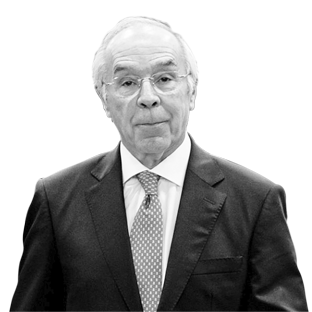Public or private capital market?

On the 7th and May, I will be in the auditorium of the Institute of Chartered Accountants of England and Wales (ICAEW) in Morgate, London, to participate in an Oxford style debate. I will defend the motion presented the debate by Quoted Companies Alliance that is encapsulated in the following statement: « Growing companies prosper better in public capital markets. » Rehearsal argument for this motion in a vibrant market both public and private and London, it is an arduous task, especially when in the room there will be more than 300 people with various experiences in the matter. But what about Portugal? If the same motion were placed, what would it be like? At a time when obsessively repeats the idea of growing the Portuguese SMEs so that they « go from small to large, and large to global », in which market – public or private – would Portuguese SMEs find better conditions to grow in a sustained way?
In Portugal, the growing companies for growing companies has not worked, which is well demonstrated by the reduced number of initial public offers (IPOS, in the English acronym). The Euronext website is indicated that 689 IPOS were performed in all markets between January 2020 and the date I write this article. Of these, only 10 were made in Lisbon, of which 9 are Real Estate Investment Trusts (Reits)! Transatable, high research and development companies, with potential to scale, technological, seem to want anything with the Portuguese public market. What leads family businesses and Portuguese entrepreneurs to choose to sell private equity and rarely consider an IPO? Cases like Logoplast, or more recently Fairjourney Biologics are illustrative, but there are others.
A study conducted by Ludovic Phalippou from Oxford University has shown that private equity funds use convenient bechmarks to demonstrate higher returns to public markets. Philappou showed that between 2006 and 2019, private equity generated an average return of 11% for investors. In the same period, the actions of the largest US titles measured, for example by Vanguard S&P 500 Index Fund, generated between 10.1 and 10.6 percent of return, while the return of the smaller securities rates was between 10.7 and 12.1 percent. According to Phalippou, the only ones who disproportionately benefited were the CEOs of Private Equity: the number of multibilies between them increased from 3 in 2005 to 22 by 2020.
The truth is that the composition of private equity funds are generally very different in terms of the size of the titles, the industries that compose them and, above all, private portfolios are highly leveraged, being difficult to compare things. A study by Jean Francois L’Hha and colleagues, entitled ‘The Bottom-Up Approach to the Risk-AdjustD Performance of the Buyout Fund Market’ shows a very different story when these factors are taken in line, demonstrating that in most cases, both buy-out funds and risk capital funds varies, but in general, it is insignificant or even negative when compared to compared to compared to the public markets.
In addition to the use of debt to finance operations, BAIN consultant’s private equity report shows that the performance of these companies is due 93% to sales growth or expansion, and only 7% on average to increase margins. Most of these funds have little interest in innovation and sustainable value creation, and a reduced long-term vision.
It would be good for our SMEs to see in Euronext-Lisbon a good choice to grow your business in a sustainable and transparent way, to benefit from a counseling ecosystem, to increase its credibility and visibility to customers and partners, and to maintain the good focus characteristics in the long time and in sustained value creation.
Developing the public market for high growth companies appears to be an important priority in Portugal, which is back in realizing it.
Governance teacher, Henley Business School, United Kingdom, and Partner at Amrop








